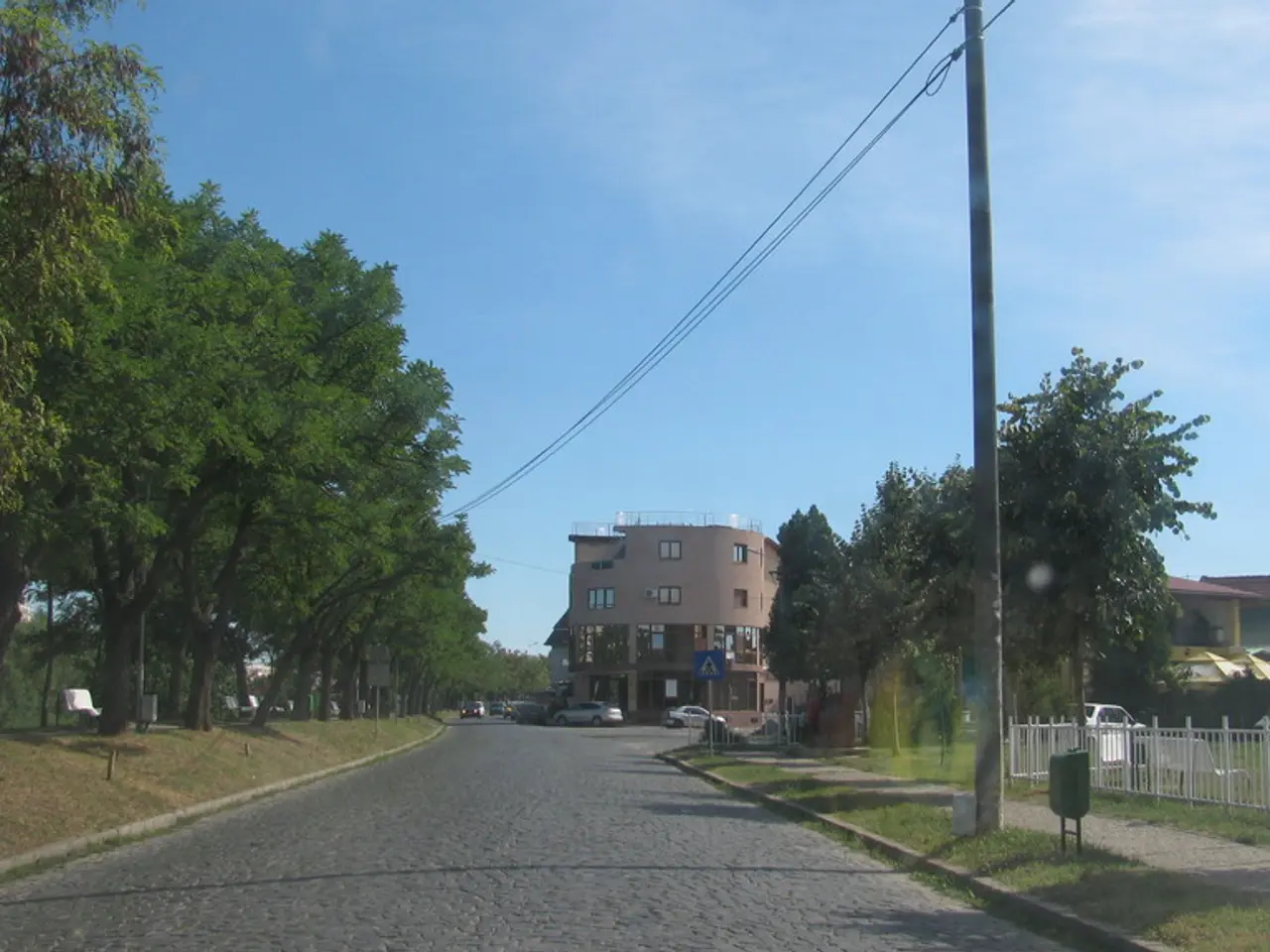Evolution of Authenticity in Computer-Generated Imagery and Visual Effects Techniques
In the realm of filmmaking, Computer-Generated Imagery (CGI) is transforming the way stories are told, pushing the boundaries of what was once considered possible. This article explores the key techniques and tools that make CGI such a powerful force in modern cinema.
The foundation of CGI lies in 3D modeling, where artists sculpt detailed digital sculptures. This is followed by texturing, a process that adds realistic surface details such as colour and material properties. Animation brings these models to life, either through traditional keyframing or the more advanced motion capture technology.
Rendering is a critical step for achieving realism. Techniques such as path tracing simulate accurate lighting, shadows, depth of field, and camera lens effects. Global illumination models how light bounces between surfaces, creating natural indirect light and shadow that enhance depth and realism. Subsurface scattering, important for materials like skin, and texture mapping, which allows variation of colour and roughness across surfaces, further boost authenticity.
Advanced rendering methods like V-Ray and Arnold deliver unparalleled lighting and shadow effects that mimic real-world physics. Real-time rendering engines are recommended for industry innovators to enhance interactive and dynamic visualizations.
AI and Machine Learning are being integrated to streamline complex tasks and enhance realism. AI-driven enhancements predict and improve visual elements, from facial expressions to atmospheric effects. Procedural Generation empowers artists to create complex, dynamic environments with minimal manual input.
Motion capture revolutionizes character animation by capturing human movement in its most authentic form. This technology provides nuanced human movement that animators otherwise find difficult to replicate.
The final step in the CGI workflow is compositing, which integrates computer-generated elements with live-action footage. This enables the creation of impossible or fantastical scenes while maintaining visual coherence.
Cross-disciplinary collaboration between artists, engineers, and technologists is encouraged to foster innovation. Virtual Production Techniques like virtual sets and LED walls should be adopted to blend physical and digital worlds seamlessly.
Together, these techniques impact the cinematic experience by creating immersive, visually compelling narratives. Audiences engage more deeply with realistic characters and environments, which expand storytelling possibilities and dramatic effects beyond what traditional filming can achieve. The artistic and technical sophistication of CGI can evoke emotional responses and heighten suspense or wonder, contributing to the overall impact of films and television.
- The director, armed with advanced rendering methods like V-Ray and Arnold, is able to achieve unparalleled lighting and shadow effects in the movie production, mimicking real-world physics.
- In the realm of indie filmmaking, filmmakers often employ technology like global illumination to model how light bounces between surfaces, creating natural indirect light and shadow that enhance depth and realism.
- Motion capture technology allows animators to replicate human movement in its most authentic form, which is crucial for special effects in the animation process of any film.
- Film producers employ data-and-cloud-computing, artificial intelligence, and machine learning to streamline complex tasks, predict visual elements, and enhance realism in the CGI film production.
- At the core of CGI production lies 3D modeling, where artists meticulously sculpt digital sculptures, adding texture and color to bring these creations to life.
- In the final stages of CGI filmmaking, compositing is utilized to integrate computer-generated elements with live-action footage, enabling the creation of fantastical scenes while maintaining visual coherence, a key in producing a blockbuster.




